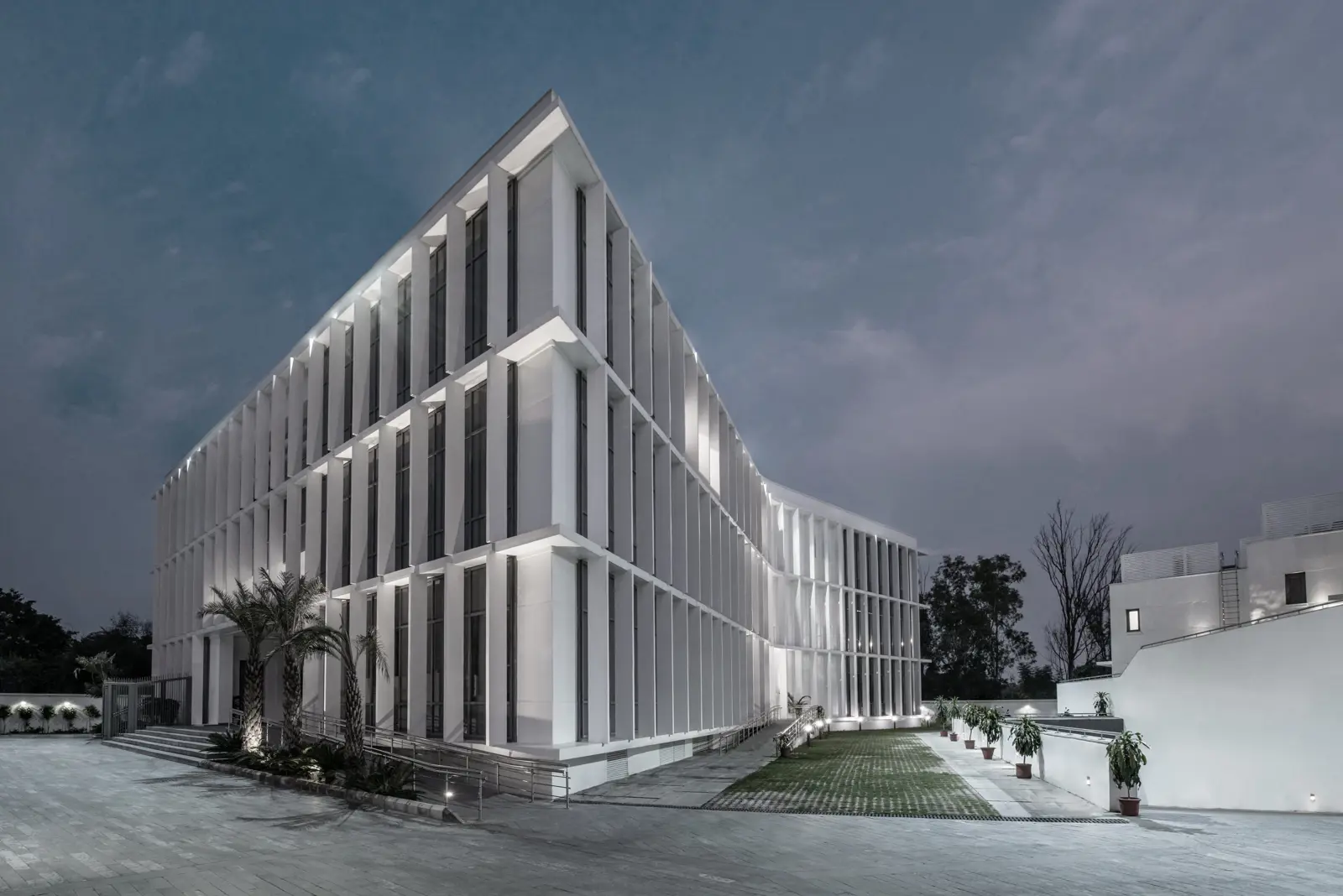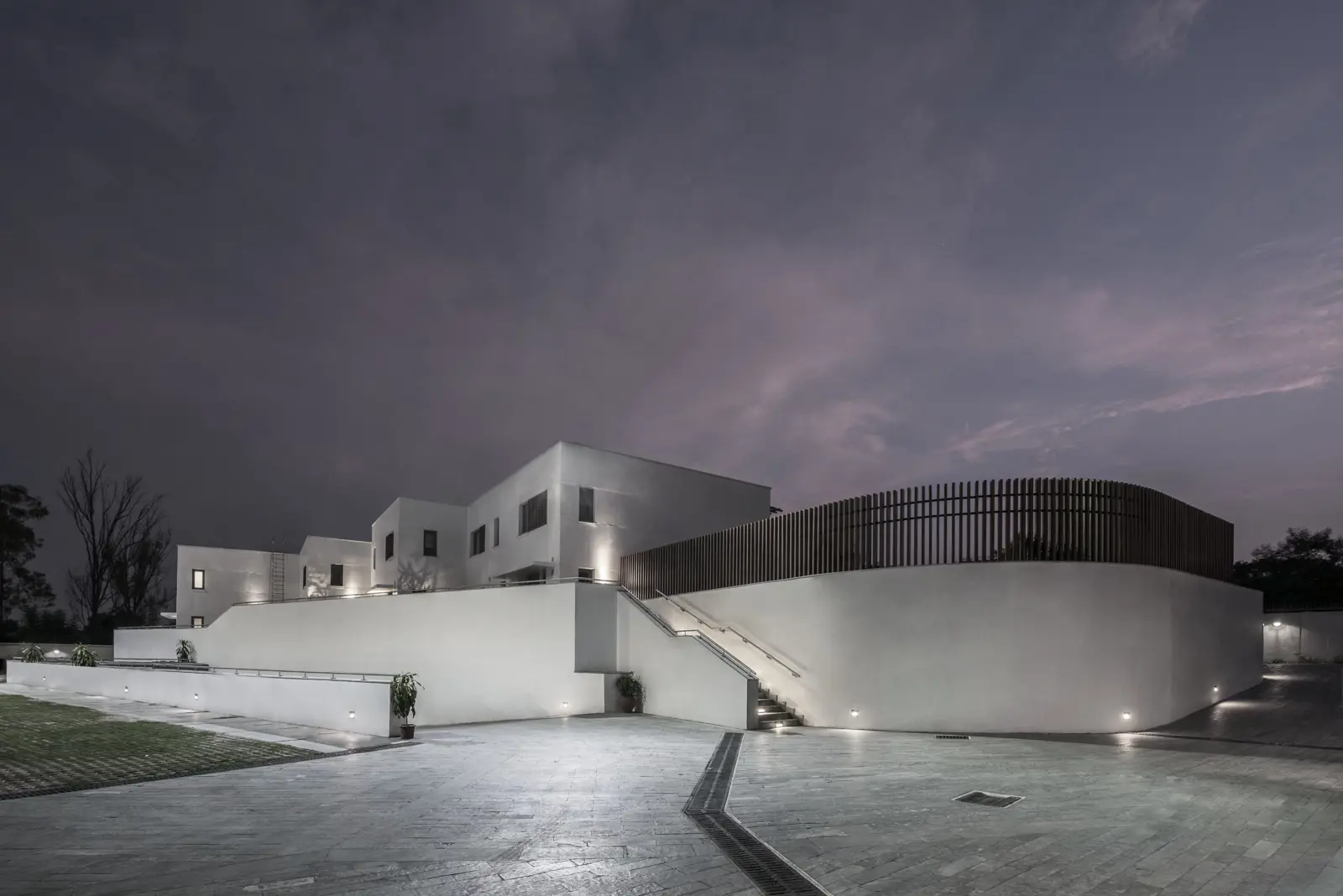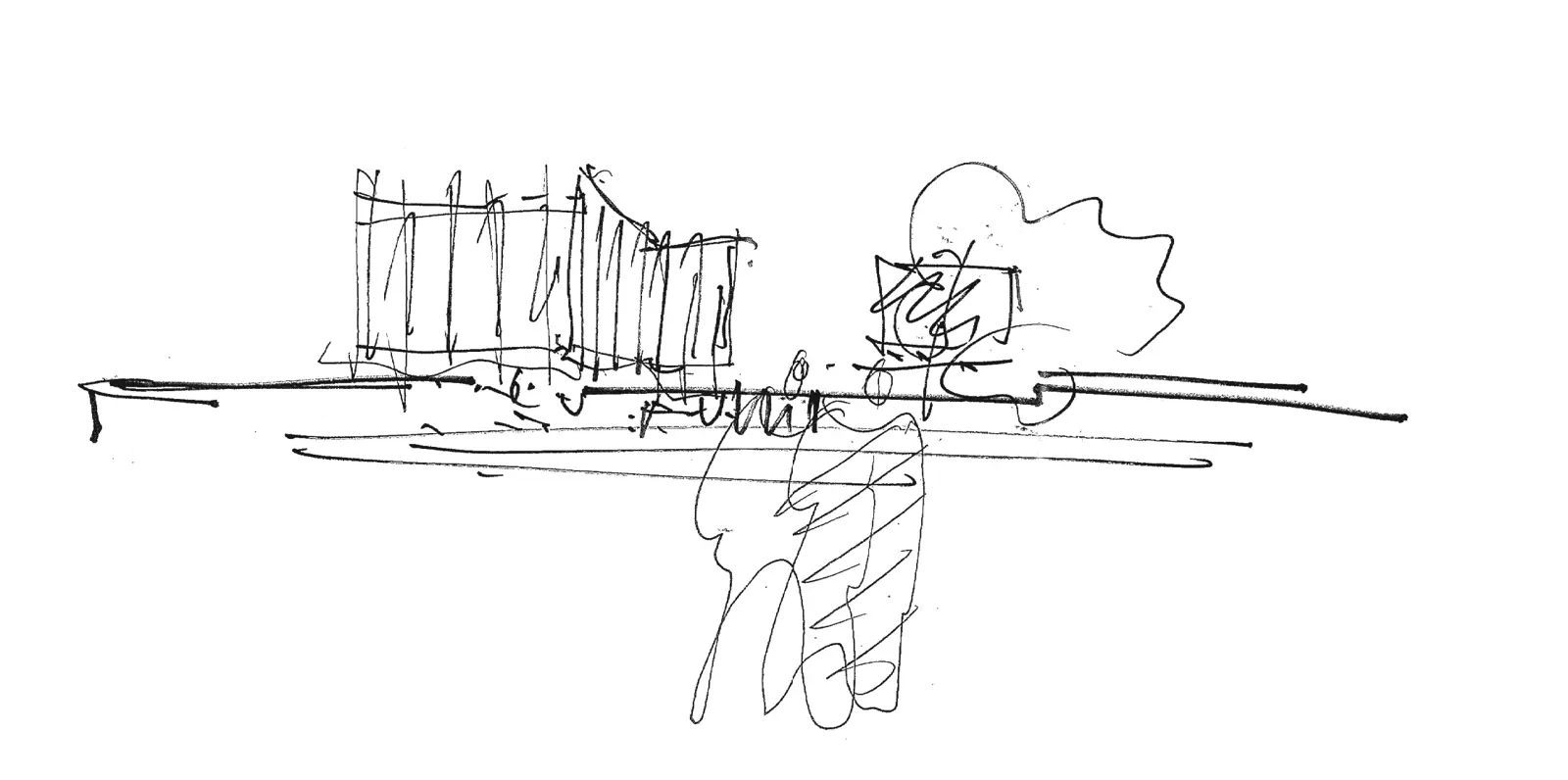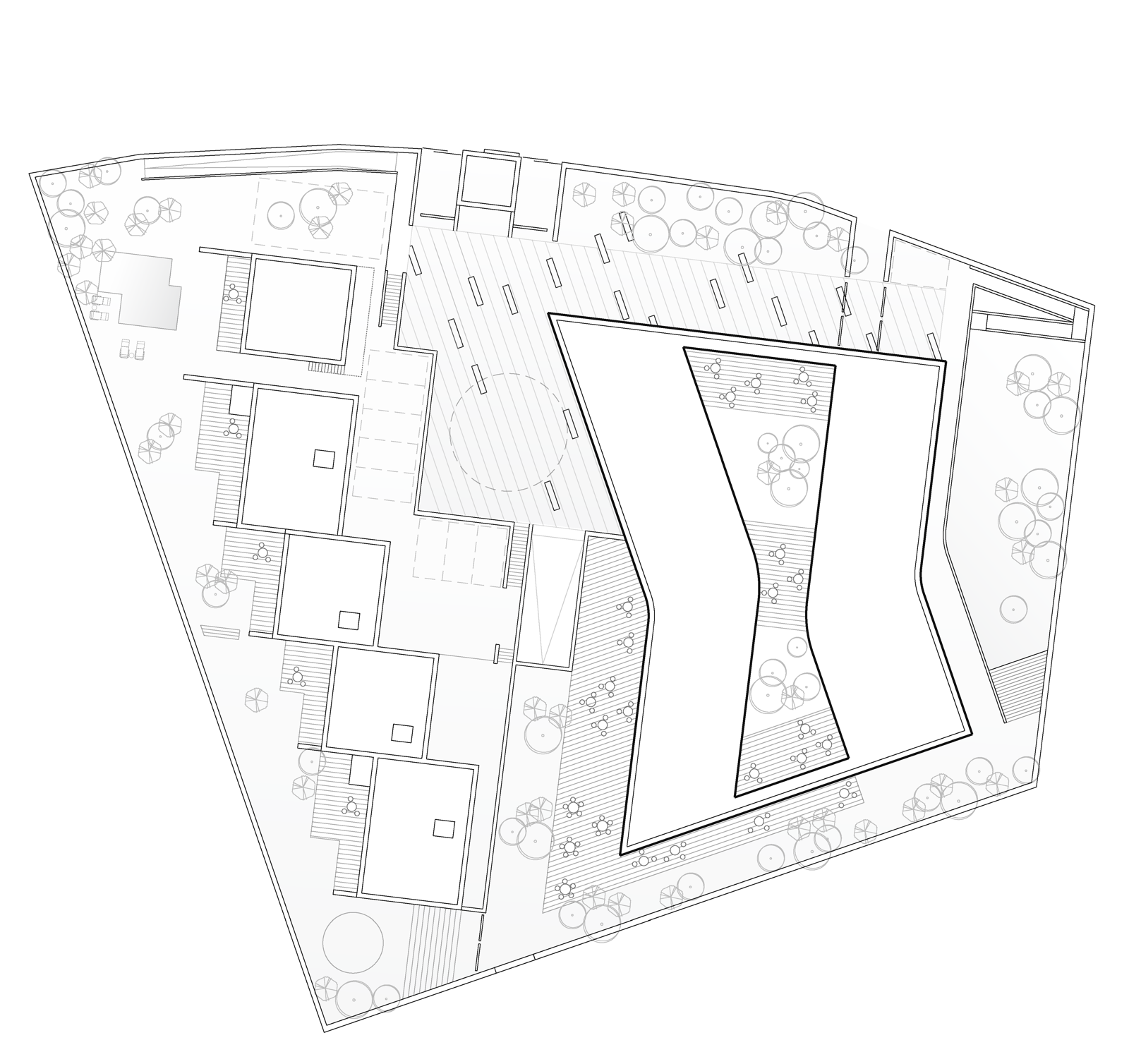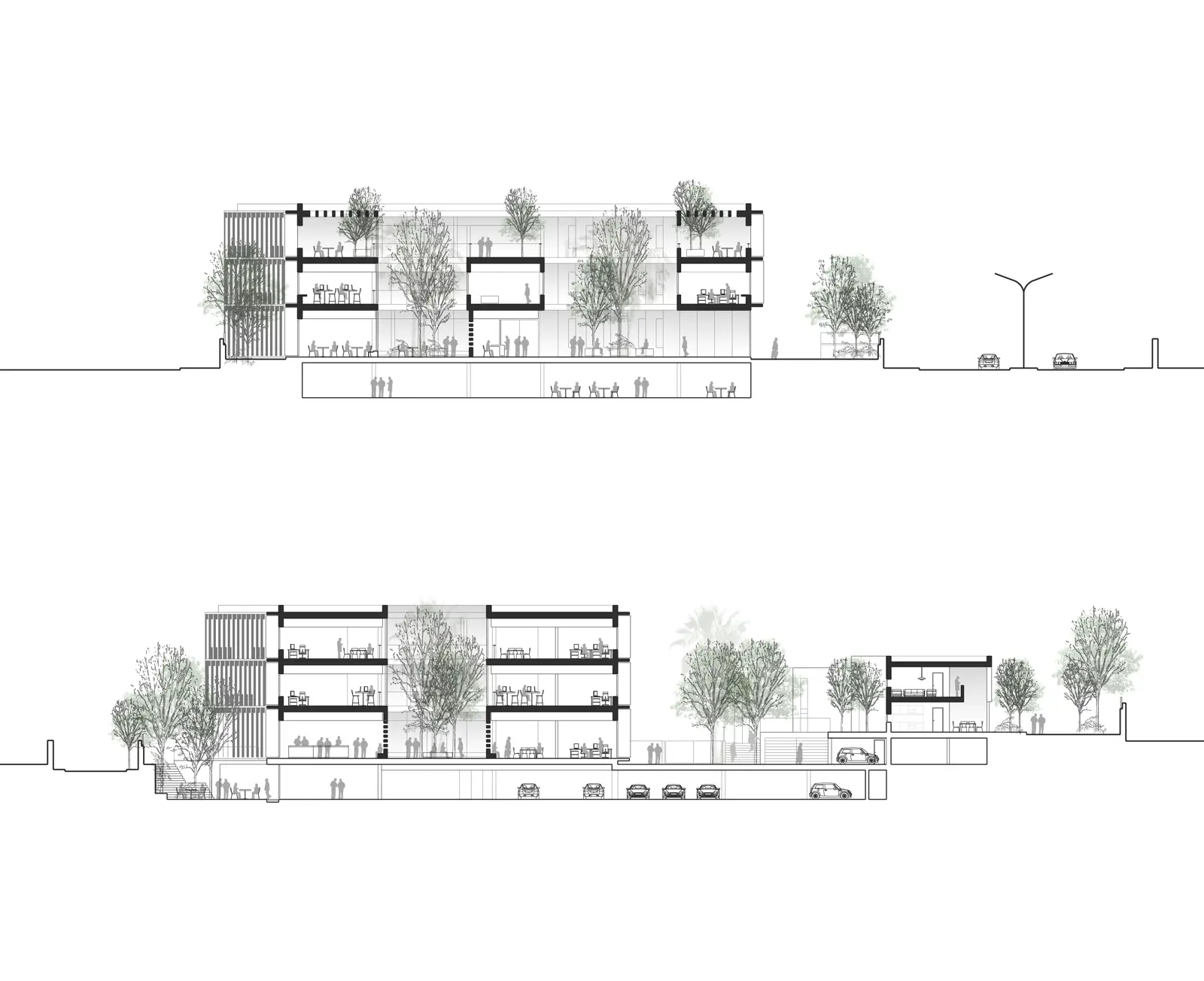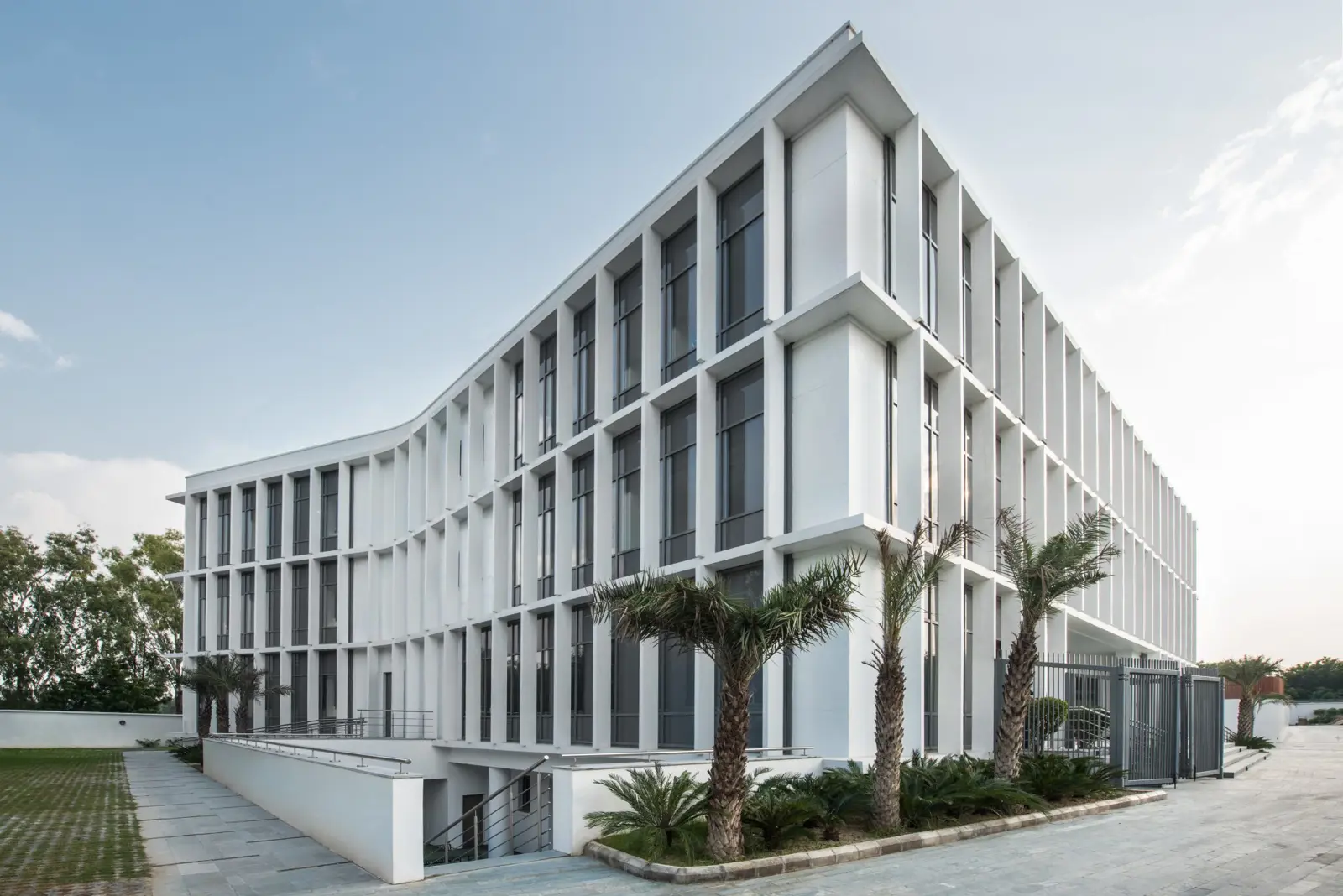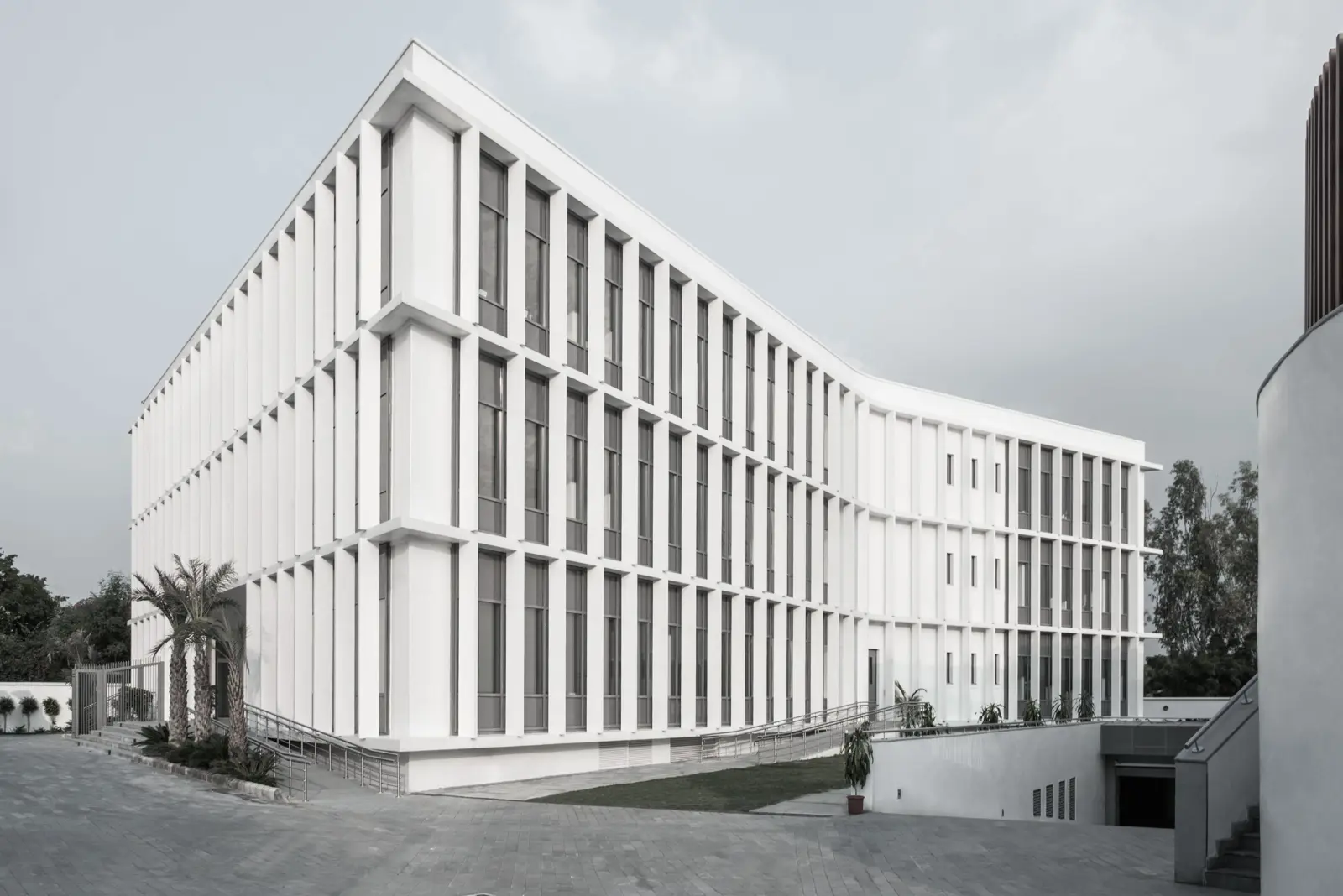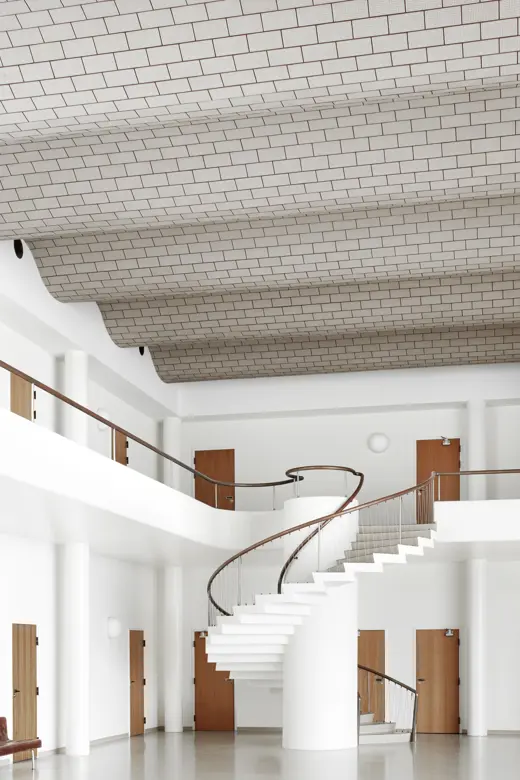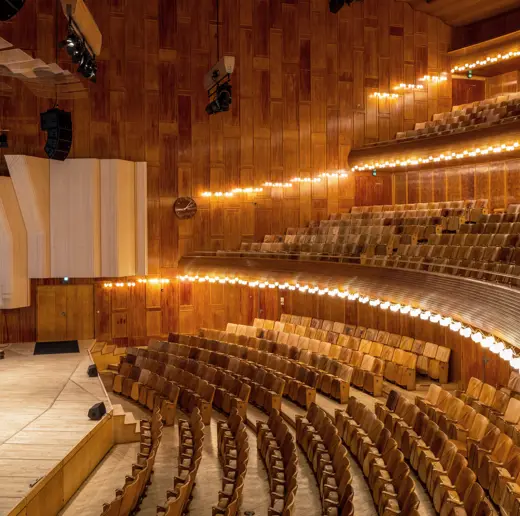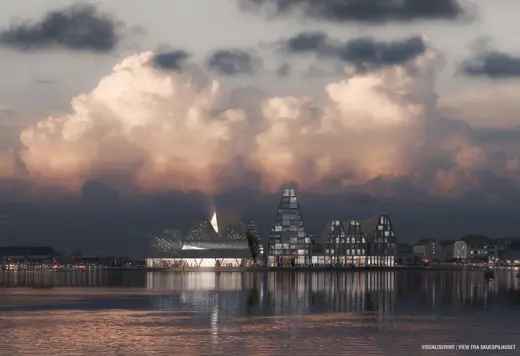
The Danish Embassy in India
-
Client
Danish Ministry of Foreign Affairs
-
Collaborators
V.V. Architects Pvt. Ltd., EKJ Consulting Engineers AS, and Hollingsworth Pack
-
Location
Plot number 33, B, S Radhakrishna Marg, Chanakyapuri, New Delhi, Delhi 110021, India
-
Area
3,500 m²
-
Status
Completed in 2019
-
Competition
First prize

Culture
Danish modernism meets exotic India
The Royal Danish Embassy in India balances the open and democratic essence of Denmark with a discreet, almost invisible layer of strategically placed high security. The embassy serves both as a hub for culture and entrepreneurship, and as a home to the Danish diplomats. The design is a balanced union of the Northern Indian tradition of filigree-covered verandas, and classic Danish modernism with a structural feature that shields direct sunlight.
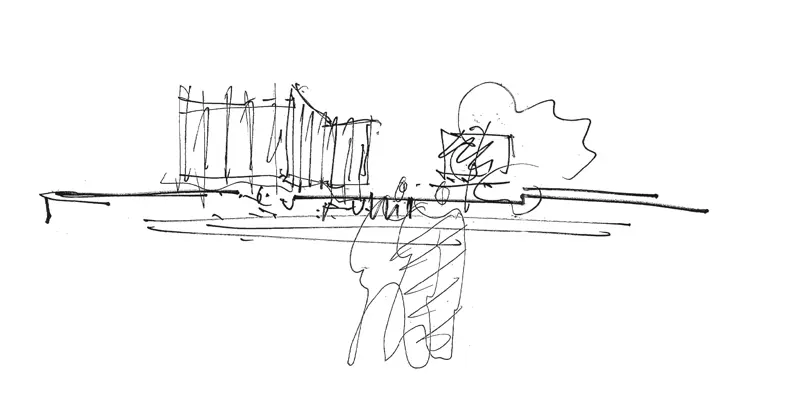
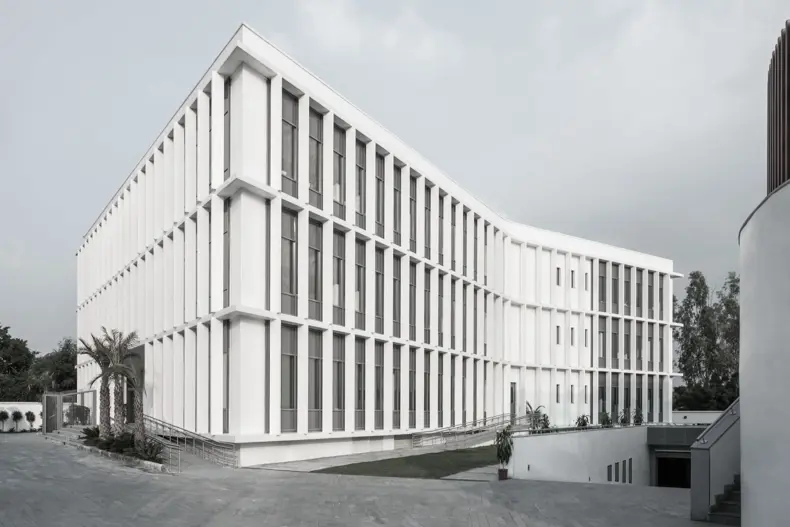
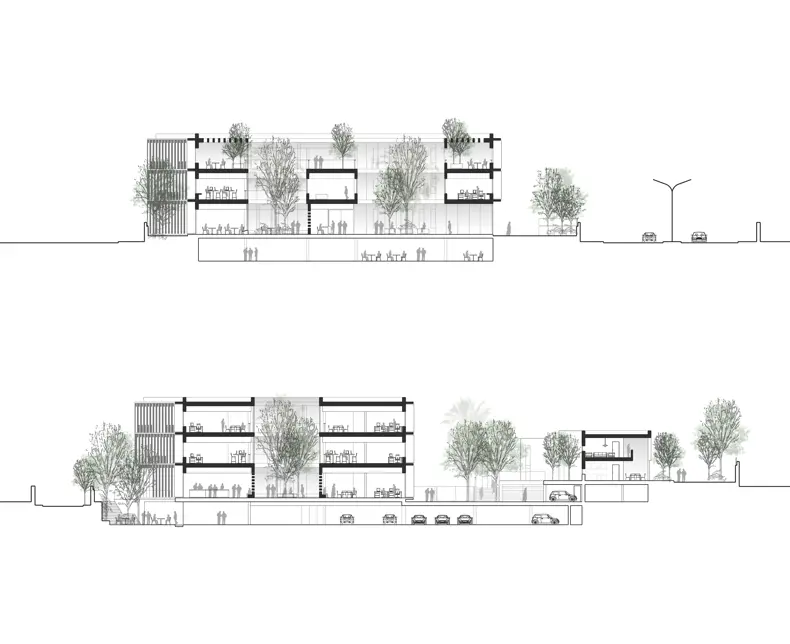
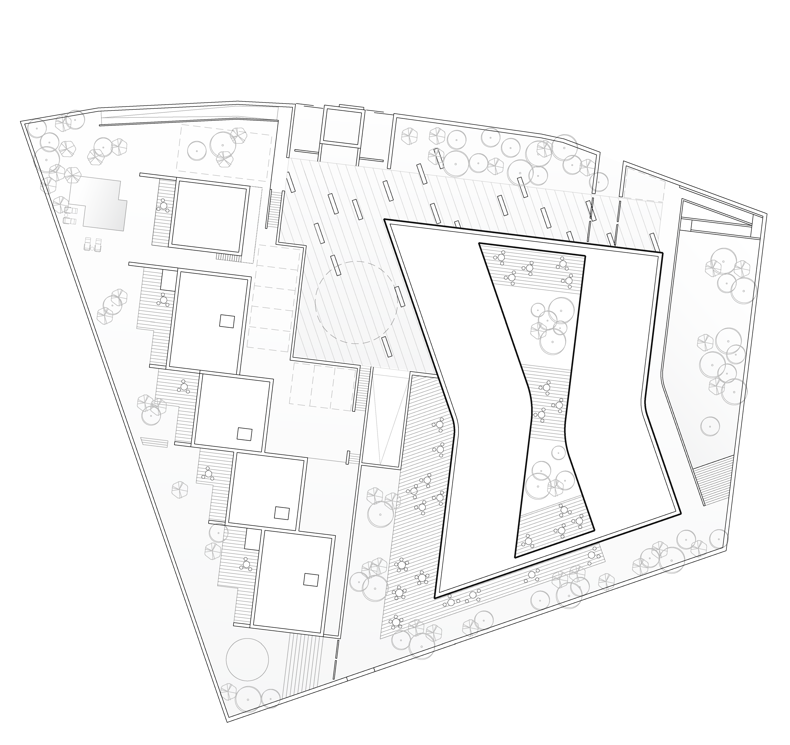
Other projects

